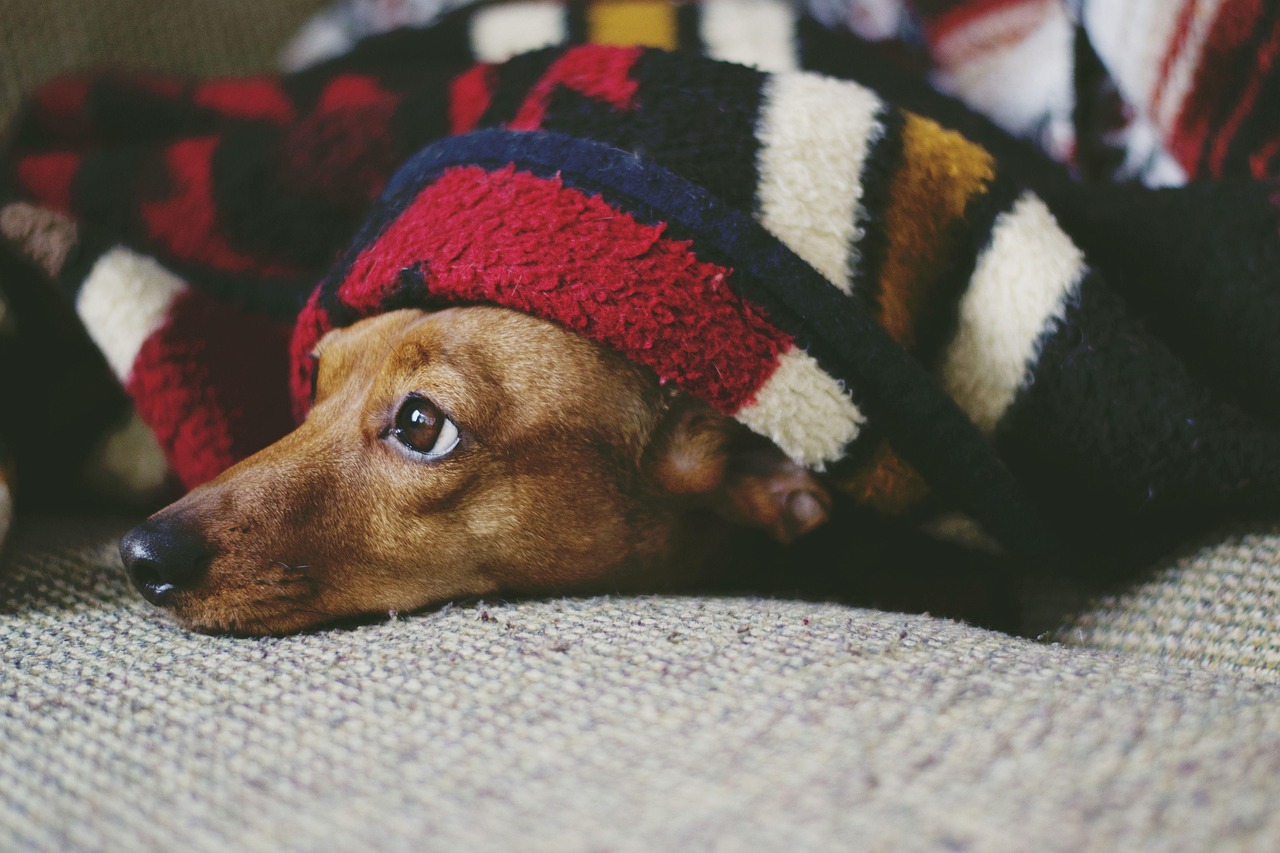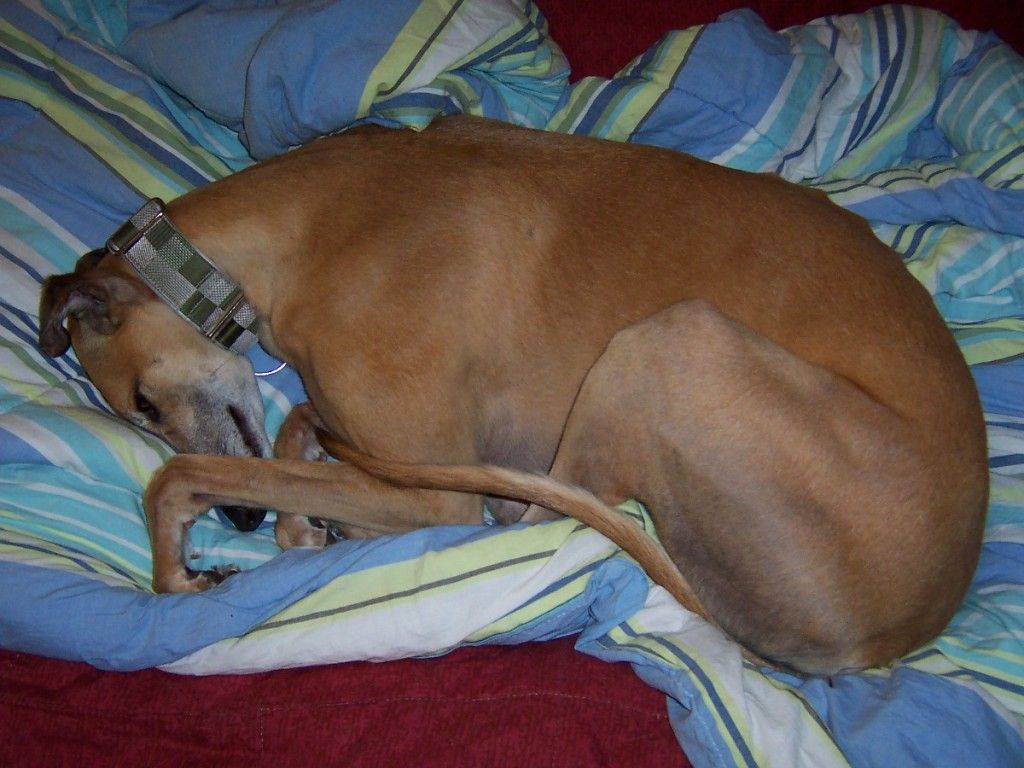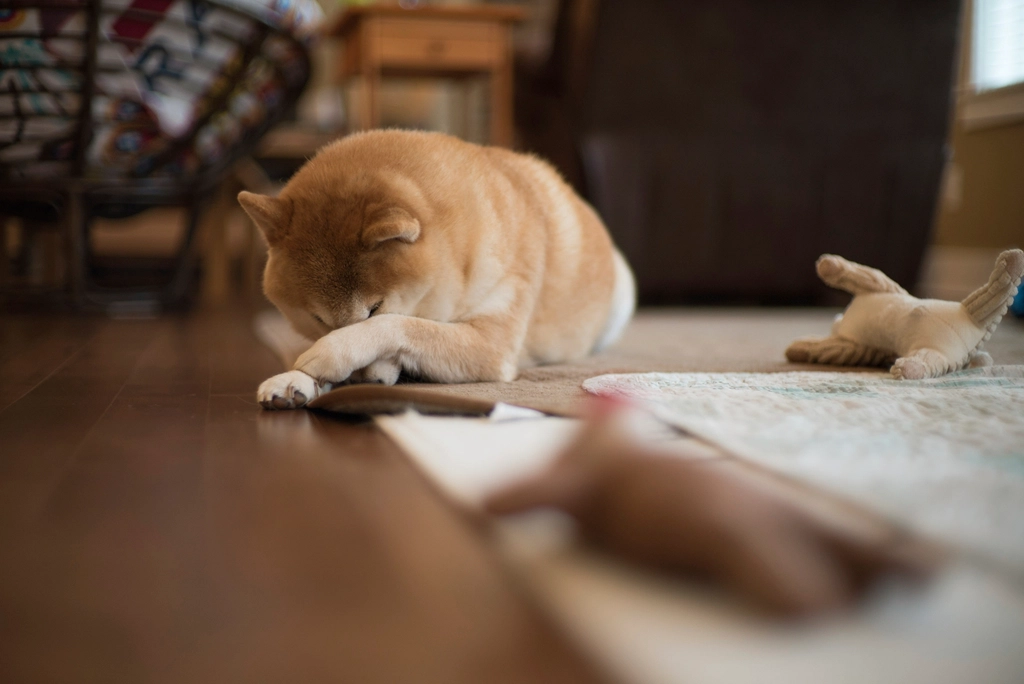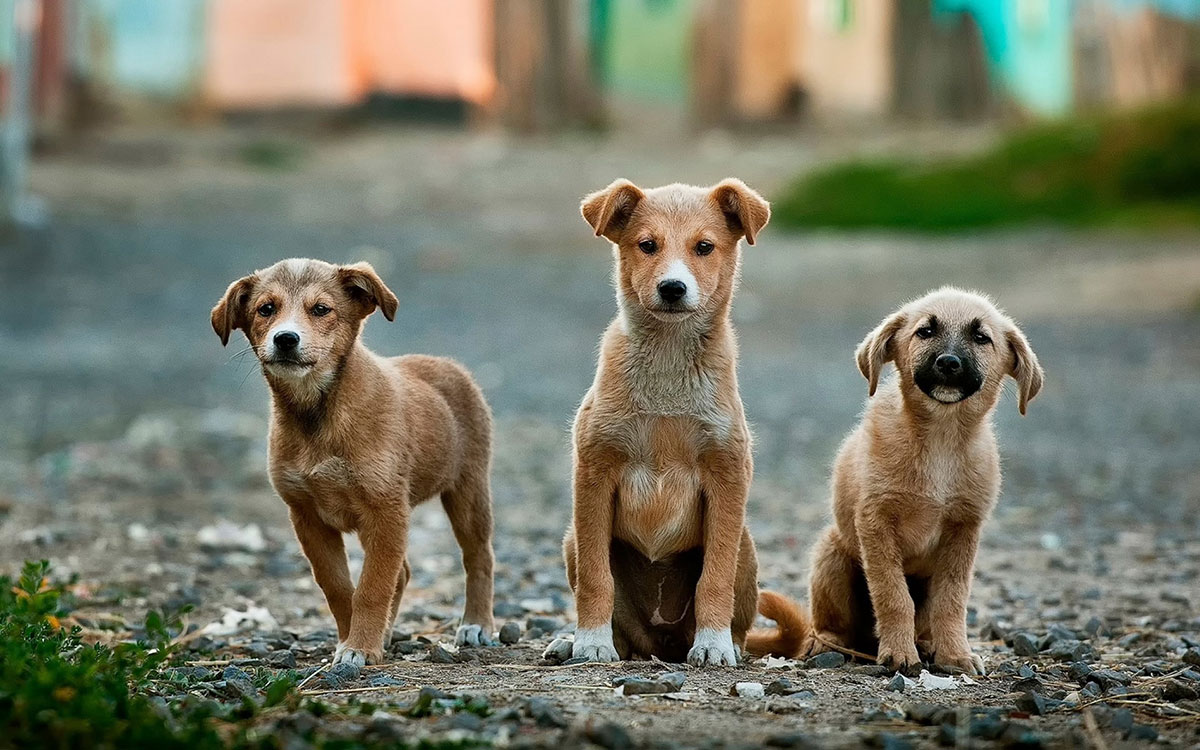Your dog’s sleeping position can actually tell you a lot about how they’re feeling emotionally. Curled up in a ball? That often means they’re feeling protective or trying to stay warm and secure. Sprawled out on their back with paws in the air? That’s a major sign of trust and total relaxation. If your pup sleeps on their side, they’re likely comfortable and feeling safe in their environment. Dogs who rest with their head on their paws may be feeling a bit alert or cautious. Each position is like a little window into their mood. It’s amazing how much their body language says—even when they’re fast asleep!
The Classic Curled-Up Ball: Seeking Comfort and Protection

When a dog curls tightly into a ball, tucking their nose under their tail, it’s not just cute—it’s instinctual. This position is a throwback to their wild ancestors, who slept this way to conserve heat and protect their vital organs. Dogs who favor this position may be feeling cautious or simply trying to get cozy in a drafty room. If your pup tends to sleep this way in new environments, it might mean they’re feeling a bit unsure or just need some extra comfort. Many times, rescue dogs or those adjusting to a new home will sleep curled up until they feel truly safe. Like wrapping yourself in a blanket after a tough day, this pose gives them a sense of security.
Sprawled Out on the Side: Feeling Safe and Relaxed

A dog that sleeps on their side, legs stretched out, is showing trust in their surroundings. This position exposes their belly and vital organs, so it’s a big sign your dog feels safe and at ease. You’ll often see puppies and older dogs alike flopped over like this when they’re in a familiar, loving home. It’s also a sign they’re getting quality, restful sleep. This relaxed sprawl might mean your dog’s emotional state is open, content, and happy to let their guard down. Picture a child napping in the back seat after a fun day—utterly peace-filled and secure.
The Superman Pose: Ready for Action

Dogs who nap belly-down with their limbs stretched forward and back—like they’re flying through the sky—are often in a “ready to go” state. Nicknamed the “Superman” pose, this position is common in energetic, playful pups. It allows them to jump up at a moment’s notice if something exciting happens. If your dog sleeps this way, they might be relaxed but not totally switched off—more like a sprinter waiting for the starting gun. It shows a mix of relaxation and anticipation, a perfect blend for young, spirited dogs or those who don’t want to miss any action.
On Their Back, Paws in the Air: Total Trust and Comfort
There’s something endearing—and a little hilarious—about a dog sleeping belly-up, legs in the air. This vulnerable position exposes all their sensitive spots, which means your dog feels completely safe in their environment. Dogs only sleep like this when they trust everyone around them and feel absolutely comfortable. It’s also a way for them to cool off, as their belly has less fur and releases heat. If your dog loves this pose, take it as a huge compliment: you’ve given them a home where they can let it all hang out, literally.
The Burrower: Searching for Warmth and Security

Some dogs love to burrow under blankets, pillows, or even laundry piles. This behavior is deeply rooted in their instincts—wild dogs and wolves would dig dens for safety and warmth. Burrowing can signal a desire to feel snug and protected, especially during stressful times like thunderstorms or when they’re left alone. For some dogs, this is just their preferred way to sleep, providing them with a little “den” of their own. If your pup is a burrower, consider it their way of seeking out the emotional comfort they crave.
The Back-to-Back or Touching Pose: Bonding and Affection
Have you noticed your dog snuggling up to you, another pet, or even a stuffed animal while sleeping? Dogs that sleep touching someone—or lying back-to-back—are expressing trust, affection, and a need to bond. In the wild, pack members sleep close together for warmth and protection, so this pose is a sign of love and loyalty. If your dog curls up against you at night, they see you as family and want to keep that connection strong. It’s both sweet and meaningful—like holding hands with a loved one in your sleep.
The Donut: Conserving Heat and Feeling Cozy

The donut position is when a dog curls up tightly, often with their tail wrapping around their nose. This is more than just a way to look adorable; it helps your dog retain body heat, especially in colder weather or drafty rooms. Dogs may switch to this position when the temperature drops or if they’re feeling a need for extra comfort. It’s also a pose that provides a sense of security, wrapping themselves in a cozy circle. Think of it as your dog’s built-in sleeping bag—warm, snug, and safe.
The Head and Neck Raised: Alertness and Caution
Sometimes dogs rest with their head and neck propped up on the arm of a sofa, a pillow, or even your feet. This position allows them to stay alert while still catching a few winks. It’s common in dogs who feel the need to keep an eye on things—maybe there’s a lot of activity in the house, or they’re still adjusting to a new place. If your dog often sleeps with their head elevated, it might mean they’re not fully relaxed and want to stay aware of their surroundings. It’s like dozing off on a plane—you’re resting, but always half-listening for the snack cart.
The Lion’s Pose: Ready but Resting

In the lion’s pose, dogs lie down with their front paws stretched in front and their head resting on top, resembling the regal stance of a lion. This position is common during short naps and indicates your dog is resting but ready to spring into action. It’s not a deep sleep pose; rather, it shows a balance between relaxation and alertness. Dogs who choose this pose may be keeping an eye on their territory or waiting for your next move. It’s a classic “resting but not checked out” stance.
The Tummy Tuck: Shyness or Sensitivity

Some pups curl up tightly with their tummy tucked in, sometimes even hiding their face with their paws. This position can signal shyness or a desire to withdraw from overstimulation. Dogs might sleep like this after a busy day, during fireworks, or in unfamiliar environments. It’s their way of creating a safe bubble, shutting out the world for a bit. If your dog often tucks their tummy in while sleeping, they may be feeling sensitive and in need of gentle reassurance.
The Cuddle Bug: Craving Connection
There are dogs who just can’t sleep without being close to their humans or furry siblings. These cuddle bugs crave physical closeness and emotional connection. Sleeping while pressed up against you is their way of saying, “I love you, and I need you near.” This position is often seen in affectionate breeds and dogs who have a strong bond with their owners. It’s comforting for both you and your pet, reinforcing your relationship and making every nap a little cozier.
Frequent Position Changes: Unsettled or Restless Feelings

If your dog can’t seem to settle into one position and keeps shifting throughout their sleep, it could signal restlessness or unsettled emotions. Maybe they’re dealing with anxiety, discomfort, or even excitement from a busy day. Frequent changes can also indicate physical issues, like joint pain or an upset stomach. Watching for patterns in your dog’s sleep can help you understand if they’re just energetic or if something deeper is going on. Sometimes, all it takes is a little extra comfort—or a trip to the vet—to help them find their restful spot.
Conclusion
Understanding your dog’s sleeping positions is like decoding a secret language of emotions and instincts. Every curl, sprawl, and snuggle has a story to tell about how your dog is feeling inside. So next time you catch your dog snoozing, take a moment to read their body language—it’s like a secret code to their feelings. Their sleeping position can reveal everything from comfort and trust to a bit of caution or anxiety. Recognizing these little clues helps you tune in to their emotional world and respond with the love and care they need. After all, even when they’re dreaming, they’re still telling you a story.
Jen is a passionate nature lover and ocean conservationist. She has dedicated her life to protecting the environment and preserving the beauty of the natural world. Growing up in a small coastal town, Jen sincerely appreciated the ocean and its inhabitants. She has spent countless hours exploring the shoreline, learning about the creatures that inhabit the waters, and advocating for their protection. Jen is an active member of ocean conservation organizations, and she is committed to educating the public about the importance of conserving wildlife and the natural environment.






